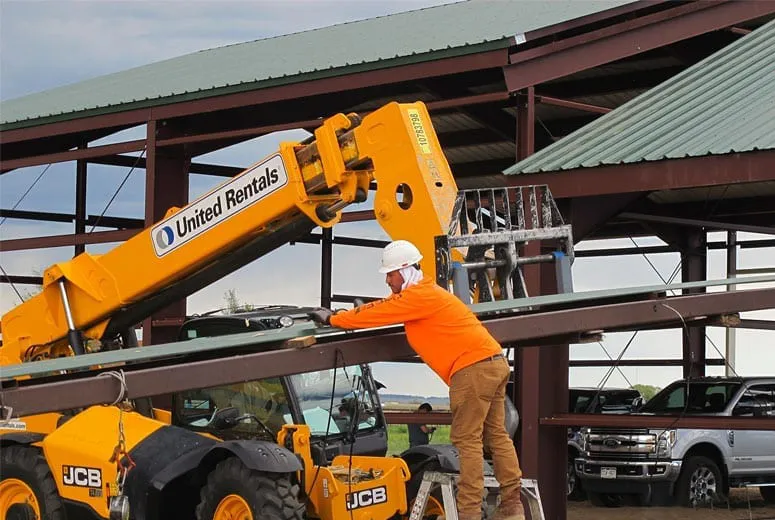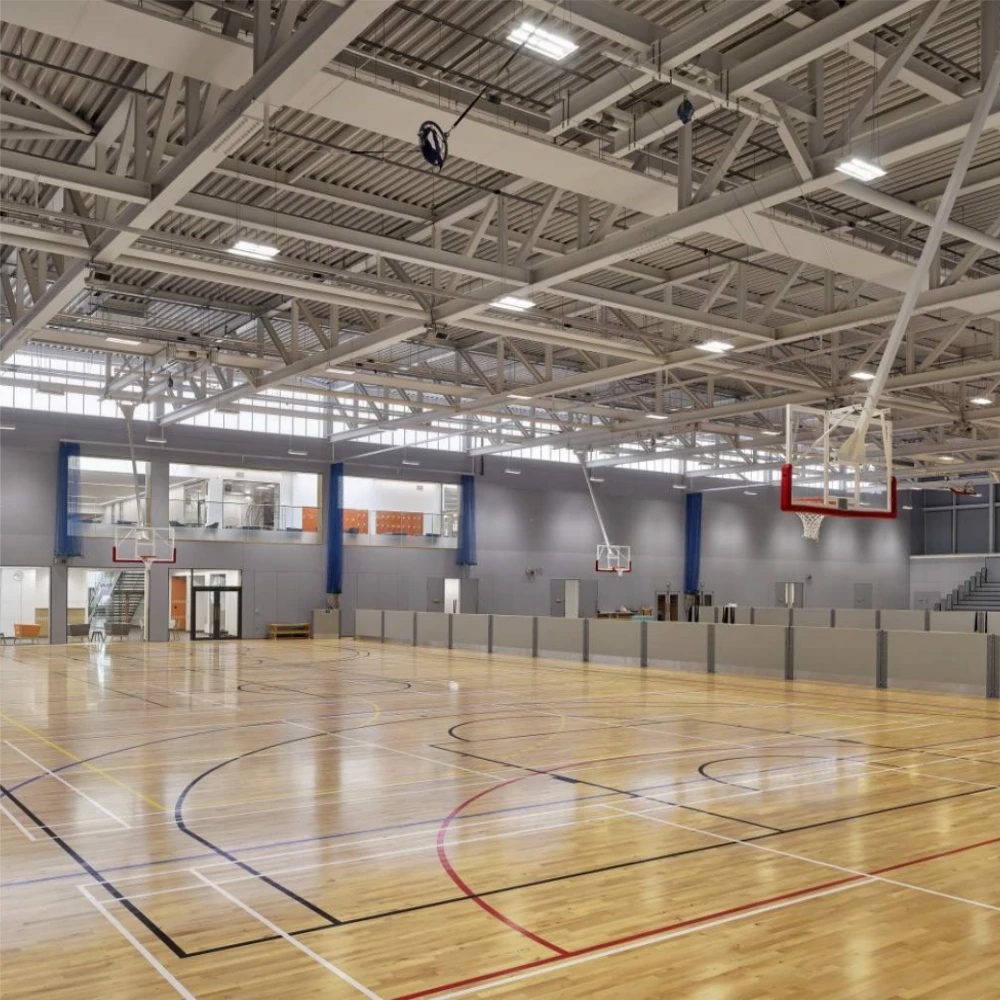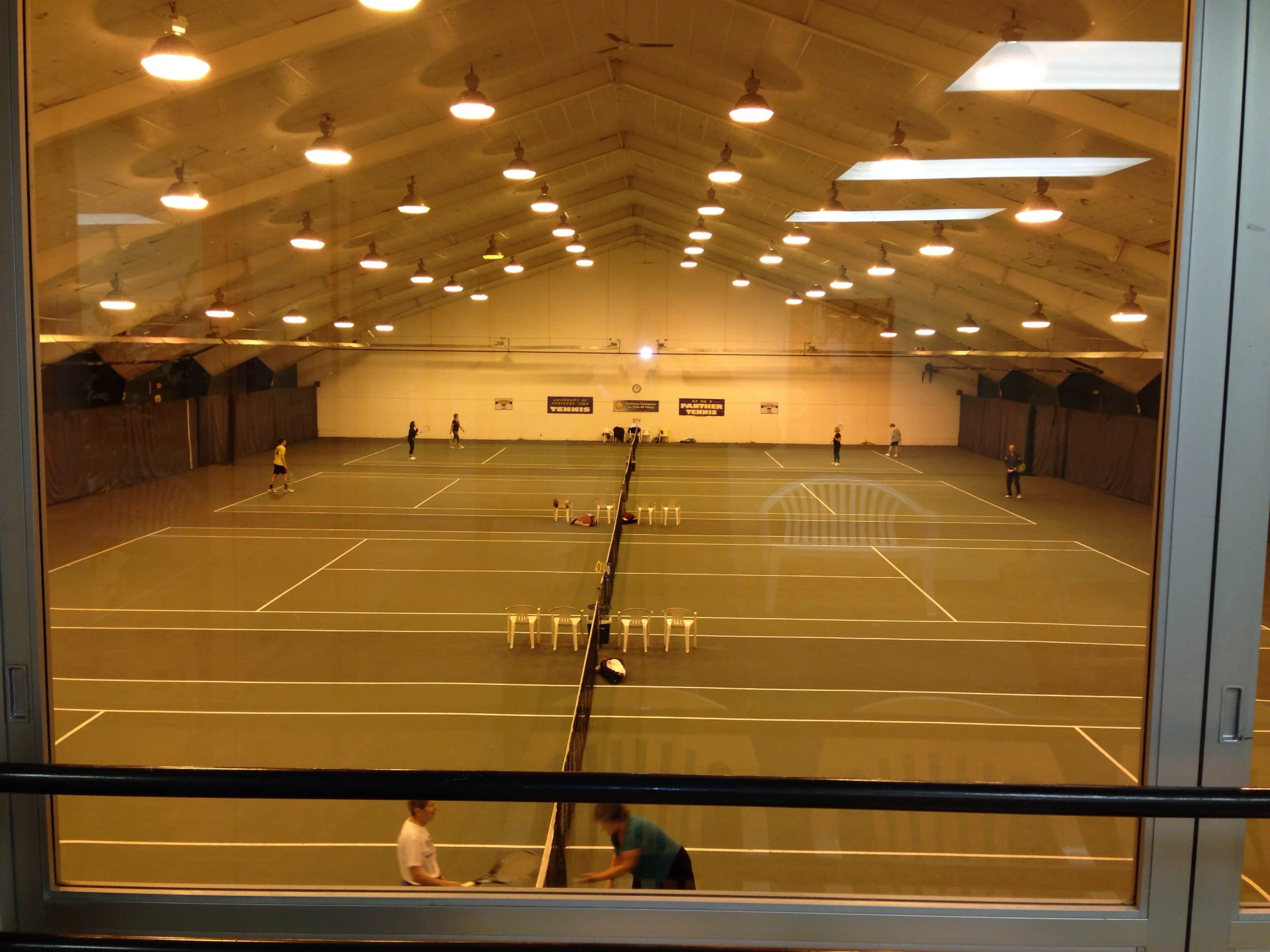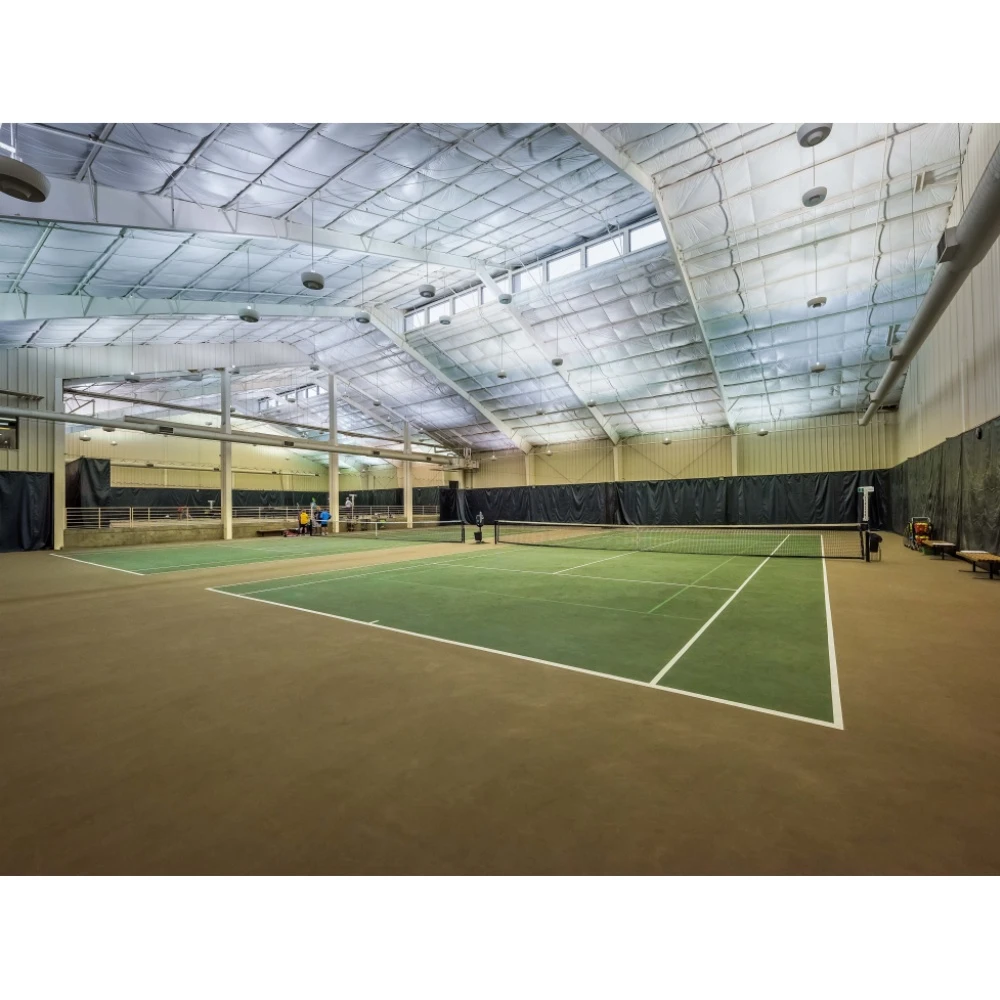- Afrikaans
- Albanian
- Amharic
- Arabic
- Armenian
- Azerbaijani
- Basque
- Belarusian
- Bengali
- Bosnian
- Bulgarian
- Catalan
- Cebuano
- Corsican
- Croatian
- Czech
- Danish
- Dutch
- English
- Esperanto
- Estonian
- Finnish
- French
- Frisian
- Galician
- Georgian
- German
- Greek
- Gujarati
- Haitian Creole
- hausa
- hawaiian
- Hebrew
- Hindi
- Miao
- Hungarian
- Icelandic
- igbo
- Indonesian
- irish
- Italian
- Japanese
- Javanese
- Kannada
- kazakh
- Khmer
- Rwandese
- Korean
- Kurdish
- Kyrgyz
- Lao
- Latin
- Latvian
- Lithuanian
- Luxembourgish
- Macedonian
- Malgashi
- Malay
- Malayalam
- Maltese
- Maori
- Marathi
- Mongolian
- Myanmar
- Nepali
- Norwegian
- Norwegian
- Occitan
- Pashto
- Persian
- Polish
- Portuguese
- Punjabi
- Romanian
- Russian
- Samoan
- Scottish Gaelic
- Serbian
- Sesotho
- Shona
- Sindhi
- Sinhala
- Slovak
- Slovenian
- Somali
- Spanish
- Sundanese
- Swahili
- Swedish
- Tagalog
- Tajik
- Tamil
- Tatar
- Telugu
- Thai
- Turkish
- Turkmen
- Ukrainian
- Urdu
- Uighur
- Uzbek
- Vietnamese
- Welsh
- Bantu
- Yiddish
- Yoruba
- Zulu
Nov . 20, 2024 03:58 Back to list
The Integration of Steel Buildings on Concrete Piers
In the evolving world of construction, the integration of steel buildings on concrete piers has gained substantial traction due to the myriad benefits it offers. This method of construction combines the robustness of steel with the stability of concrete, creating a resilient structure that can withstand various environmental factors. This article delves into the advantages, applications, and engineering principles behind steel buildings on concrete piers.
Advantages of Steel Buildings on Concrete Piers
One of the most significant advantages of utilizing steel buildings on concrete piers is their exceptional durability. Steel is known for its high strength-to-weight ratio, which allows it to withstand heavy loads and adverse weather conditions, such as high winds, earthquakes, and heavy snowfall. Concrete piers, on the other hand, provide a solid foundation that helps distribute the weight of the structure evenly, preventing settling or shifting over time. This combination results in a stable and long-lasting building that requires minimal maintenance.
Moreover, the use of concrete piers elevates steel buildings, making them less susceptible to flood damage, a critical consideration in areas prone to heavy rainfall or rising water levels. By lifting the structure above potential flood lines, property owners can protect their investments while ensuring that the spaces underneath the building can be utilized for parking, storage, or other purposes.
Speed and Cost Efficiency
Another key benefit of this construction method is the speed at which steel buildings can be erected. Steel components are often prefabricated, allowing for quicker assembly on-site. Coupled with the foundational advantages of concrete piers, the overall construction timeline can be significantly reduced compared to traditional building methods. This efficiency translates to lower labor costs and, in many cases, reduced overall project expenses.
The ability to customize steel structures also plays a vital role in their popularity. Steel can be easily shaped and modified to meet specific architectural requirements, making it an ideal choice for a wide range of building applications, from warehouses and industrial facilities to residential homes. The versatility of steel combined with the adaptability of concrete piers opens up endless possibilities for architects and builders, enabling innovative designs that meet unique project needs.
steel building on concrete piers

Applications
Steel buildings supported by concrete piers are particularly prevalent in a variety of sectors. The commercial sector often utilizes this construction method for retail outlets, warehouses, and office spaces, where the combination of durability and cost-effectiveness is essential. The agricultural industry also benefits significantly from this approach, as barns and equipment storage facilities built on concrete piers can withstand heavy machinery and unpredictable weather.
In addition to commercial properties, residential applications are becoming more popular. Homeowners are recognizing the advantages of steel-framed houses elevated on concrete piers, which not only provide a sturdy structure but also offer an aesthetically pleasing modern design. The elevated nature of these homes can also enhance views and increase airflow, contributing to a more enjoyable living environment.
Engineering Principles
The engineering principles guiding the construction of steel buildings on concrete piers are rooted in both structural integrity and safety. Proper site assessment is essential to identify soil conditions and load-bearing requirements. Engineers must ensure that the concrete piers are designed to withstand the compressive forces exerted by the steel structure. This involves calculations that take into account factors such as weight distribution, environmental loadings, and local building codes.
Installation of the concrete piers is also crucial, as they must be properly cured and anchored to provide a stable base for the steel framework. Advances in construction technology have led to improved methods for placing and securing these piers, ensuring that they adhere to stringent safety standards.
Conclusion
In conclusion, the combination of steel buildings on concrete piers represents a modern solution in the construction industry. The advantages of durability, speed, cost-effectiveness, versatility, and aesthetic appeal make this approach a popular choice across various sectors. As technology continues to evolve, we can expect to see even more innovative applications of steel and concrete construction, paving the way for resilient and sustainable buildings that meet the challenges of tomorrow. Whether for commercial or residential use, the integration of these materials promises a bright future for the construction industry.
-
How Do Prefabricated Steel Structures Transform Modern Construction?
NewsJul.14,2025
-
How Do Prefabricated Metal Buildings Redefine Modern Construction?
NewsJul.14,2025
-
How Do Prefab Insulated Metal Buildings and Steel Structures Revolutionize Modern Construction?
NewsJul.14,2025
-
How Do Pre - Engineered Steel Structures Redefine Modern Construction?
NewsJul.14,2025
-
Advancing Modular Construction with Prefabricated Metal Structures
NewsJul.14,2025
-
Advancing Industrial Infrastructure with Prefabricated Steel Solutions
NewsJul.14,2025
Products categories
Our Latest News
We have a professional design team and an excellent production and construction team.












